If the animal kingdom had a contest for the most expressive face, one contender would undoubtedly win the perpetual grump category. With a scowling visage, low-set ears, and a body so fluffy it seems to defy physics, the Pallas’s cat is a creature of fascinating contradictions. It looks like a grumpy, overgrown teddy bear but is, in fact, a highly specialized and elusive wild predator, perfectly adapted to one of the harshest environments on Earth.
Join us as we venture into the high-altitude deserts and steppes of Central Asia to uncover the secrets of this adorable, yet fiercely wild, feline.
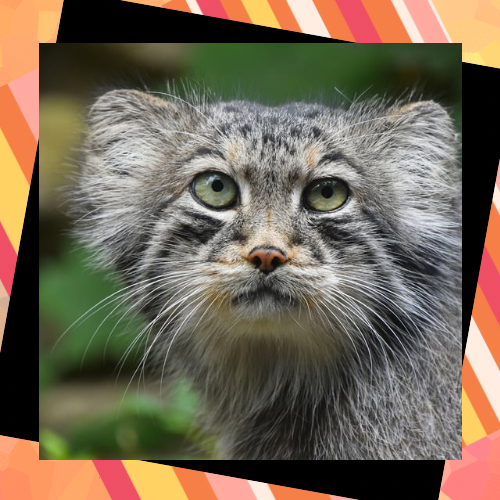
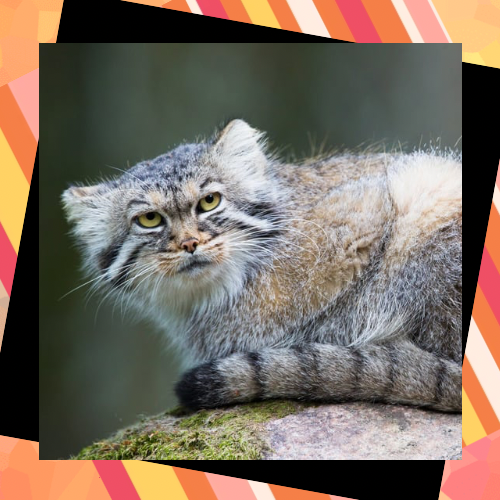
Meet Otocolobus manul: The Cat With Many Names
First, let’s clear up the name. This cat has a few. Its official scientific name is Otocolobus manul. “Otocolobus” comes from the Greek for “ugly-eared,” which is a rather harsh (and inaccurate) description we’ll get to later. “Manul” is a word of Mongolian origin.
Most commonly, especially in the English-speaking world, it’s known as the Pallas’s cat. It was named after the German naturalist Peter Simon Pallas, who first described the species for science in 1776 after encountering it near the Caspian Sea. He initially mistakenly classified it as a relative of the Persian cat, which tells you everything you need to know about its magnificent fluff.
A Master of Disguise: Built for the Cold and the Hunt
To understand the Pallas’s cat, you have to appreciate its home. It thrives in the remote, rocky steppes, montane grasslands, and semi-deserts of Central Asia, from the Caspian Sea region through Mongolia, Tibet, and parts of China and Russia. These places are characterized by brutal winters, scorching summers, and a landscape that offers little cover.
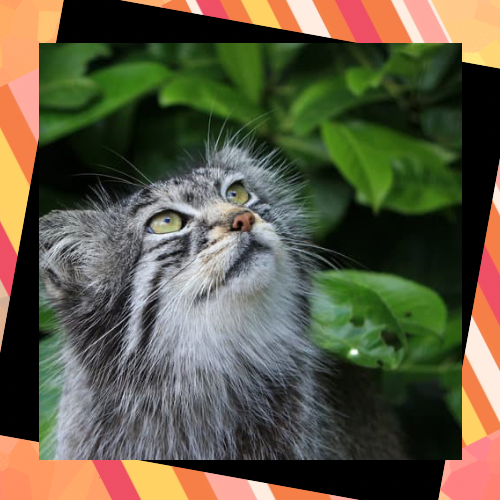
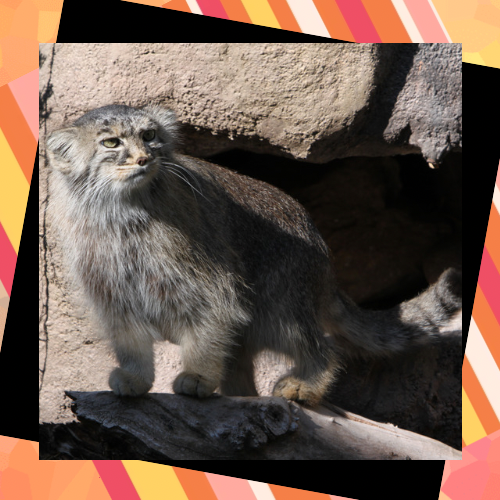
Every part of the Pallas’s cat’s appearance is a direct response to this challenging environment.
- The Fluffiest Coat in the Felid World: This is no ordinary fur. The Pallas’s cat boasts the longest and densest coat of any cat species. Its fur is nearly twice as long on its belly and tail than on its top parts. This isn’t just for cuteness; it serves a critical purpose. When the cat lies down, this incredibly thick underbelly fur acts as a perfect insulating blanket against the frozen ground, protecting it from temperatures that can plunge to -50°C (-58°F). Its winter coat is so luxuriously thick that it makes the cat appear almost round.
- The “Ugly Ears” That Aren’t Ugly At All: Remember that unflattering scientific name? The Pallas’s cat’s ears are not ugly; they are a masterpiece of evolutionary engineering. Unlike other wild cats whose ears are tall and pointed to funnel sound, the Pallas’s cat has small, low-set, rounded ears. This serves two key purposes:
1. Minimizing Heat Loss: Large ears have a large surface area from which precious body heat can escape. In the frigid steppes, small ears are a significant survival advantage.
2. Peeking Over Rocks: Their low profile allows them to peer over rocky outcrops without giving away their position, making them incredibly stealthy hunters.
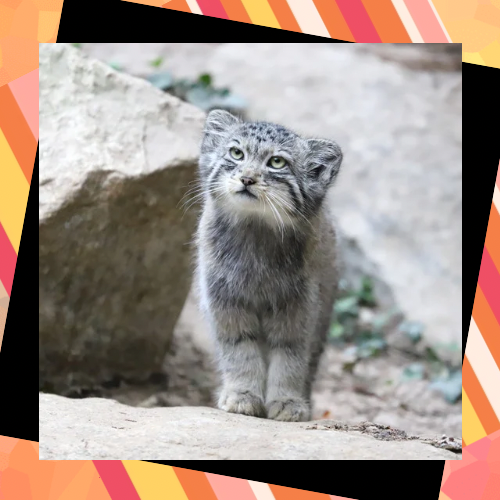
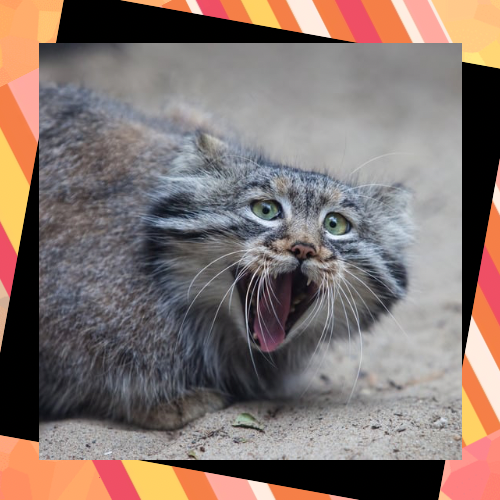
- The Eyes of a Hunter: Their eyes are another unique feature. They have round pupils, unlike the vertical slits of most small cats. Why? This adaptation is thought to provide superior vision in the low-light conditions of dawn and dusk (when they are most active) and may help them better detect movement across the vast, open landscapes they inhabit.
- The Expressive Grump: That famous scowling expression isn’t a sign of a bad mood (probably). The short, broad skull and powerful jaw muscles are adaptations for a meat-heavy diet, allowing for a powerful bite. The flattened face, combined with the wide-set eyes, simply gives it that permanently displeased look we all find so endearing.
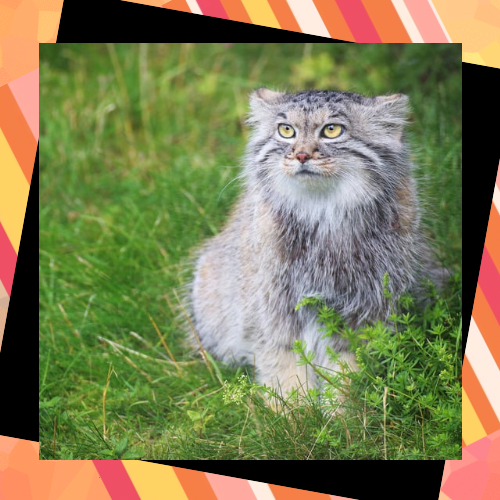
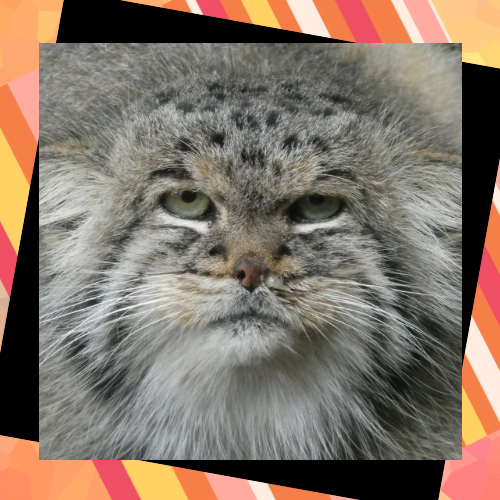
The Life of a Steppe Ghost
Pallas’s cats are solitary, secretive, and primarily crepuscular (active at dawn and dusk). They are ambush predators in the truest sense. They lack the speed of a cheetah or the power of a tiger, so they rely on patience and camouflage.
They spend their days hiding in the burrows of marmots, foxes, or badgers, or tucked away in rocky crevices. As the light fades, they emerge to hunt. They are masters of “still hunting,” using their incredible camouflage to blend into the rocky, grassy background. They will remain motionless for hours, waiting for an unsuspecting pika, vole, gerbil, or small bird to wander within pouncing distance.
Their strategy is one of minimal energy expenditure—a crucial trait in an environment where food can be scarce.
Fun Facts and Trivia: The Quirks of Otocolobus manul
- They “Smile” to Smell: Pallas’s cats have a specialized organ in the roof of their mouth called the vomeronasal or Jacobson’s organ, used for analyzing scents, particularly pheromones. When they encounter an interesting smell, they will often perform a “flehmen response,” curling back their lips and wrinkling their nose in a comical grimace that looks like a snarl or a smile. It’s simply them “tasting” the air.
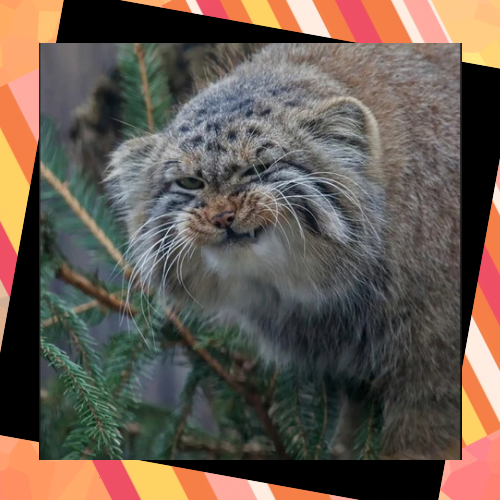
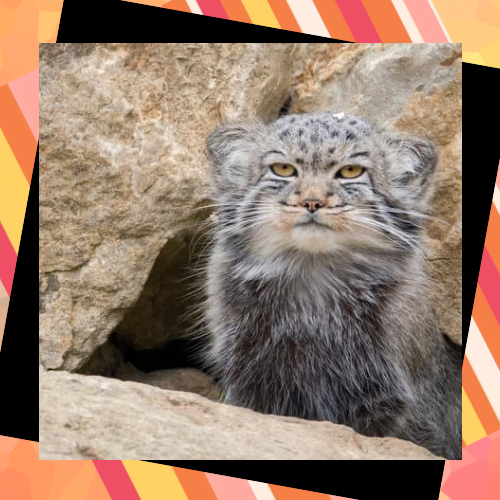
- Not a Big Roamer: Unlike many cats with large territories, Pallas’s cats are homebodies. Their territories are relatively small, often just a few square kilometers, as they don’t need to travel far from their reliable den sites and hunting grounds.
- Vocal but Not Meowy: You won’t hear a Pallas’s cat meow like your house cat. Their vocalizations are more unusual. They yelp, growl, and make a unique short, sharp bark used as a warning. However, when they are calm and content, they are known to make a soft chirp or a quiet purr.
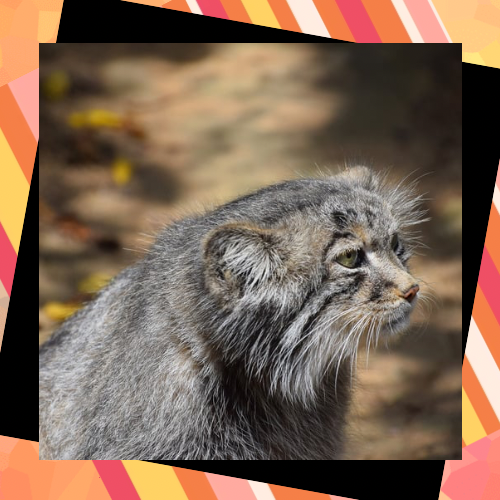
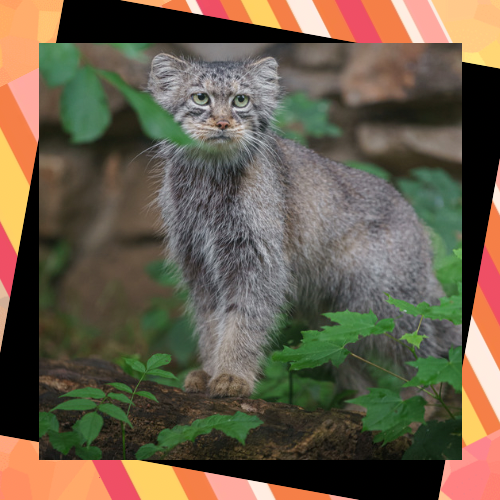
- The Slow-Motion Cat: Compared to other felines, Pallas’s cats are not built for speed or agility. They are slow runners. Their strategy is stealth, not chase. If discovered, they typically try to freeze and blend in again or quickly scramble to the safety of a nearby rock or burrow.
Conservation: A Fluffy Future Under Threat
The Pallas’s cat is currently classified as Least Concern on the IUCN Red List, but this status is deceptive. Their population is believed to be declining, and they face significant threats:
- Habitat Degradation: Overgrazing by livestock, mining, and other human developments fragment their already specialized habitat.
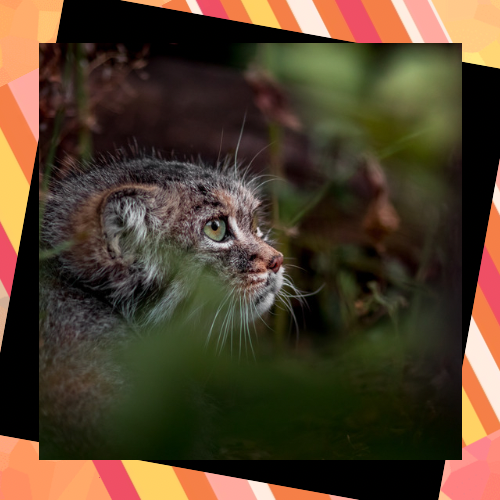
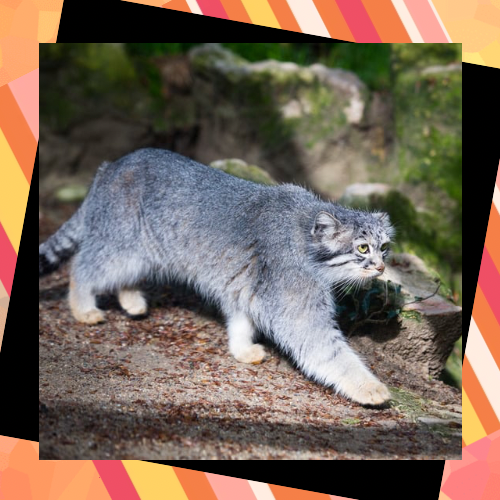
- Prey Base Depletion: In some areas, their primary food source—pikas and small rodents—are targeted by poisoning programs, mistakenly viewed as pests, which removes the cat’s livelihood.
- Poaching: While not typically hunted for their fur in large numbers anymore, they are sometimes caught in traps and snares set for other animals like marmots and wolves.
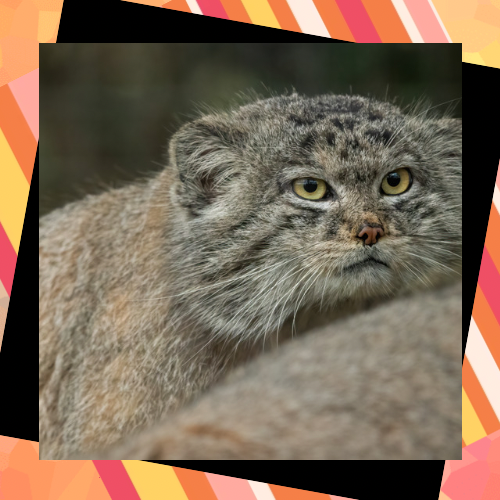
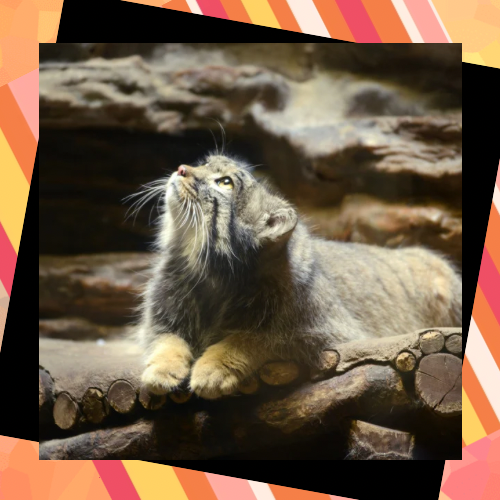
- The Pet Trade: Their adorable appearance makes them a target for the illegal pet trade, a disastrous fate for a wild animal utterly unsuited for domestic life.
Thankfully, dedicated organizations like the Pallas’s Cat International Conservation Alliance (PICA), a partnership between the Nordens Ark Zoo, the Royal Zoological Society of Scotland, and the Snow Leopard Trust, are working tirelessly to study and protect these animals through field research, community education, and conservation initiatives.
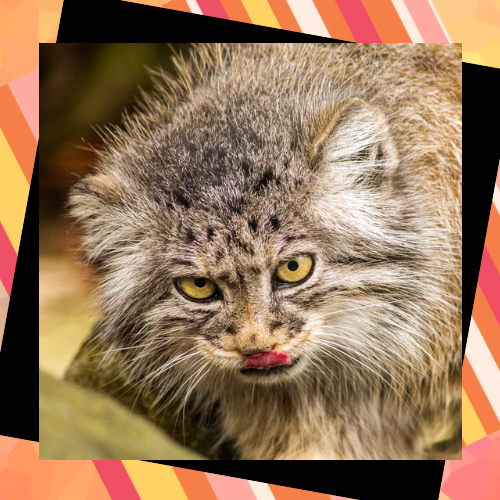
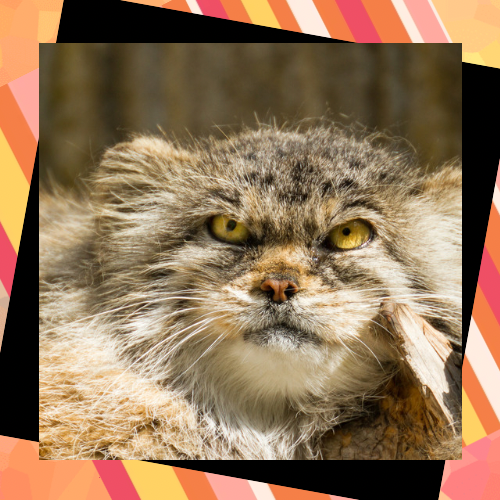
Why They Don’t Make Good Pets
It’s a question that inevitably arises when people see something so cute. The answer is a resounding and absolute no. Pallas’s cats are wild animals through and through. They have highly specific environmental needs (especially the cold, dry air they are adapted to), a specialized diet, and are not genetically wired for human companionship. They are elusive, stress easily, and can be aggressive. Keeping one as a pet is unethical, illegal in most places without special permits, and ultimately detrimental to the animal’s well-being. We can admire their grumpy grandeur best from a distance, through documentaries and the work of accredited zoos involved in conservation breeding programs.
The Pallas’s cat is a stunning example of evolution’s power to shape life for a specific niche. It’s a reminder that the wild world is full of strange, beautiful, and wonderfully grumpy creatures, each playing a vital role in the tapestry of their ecosystem. They are the fluffy, scowling ghosts of the mountains, and our world is far more interesting with them in it.
Sources & Further Reading:
- Pallas’s Cat International Conservation Alliance (PICA): The primary source for current conservation efforts and scientific research. https://pallascats.org
- International Society for Endangered Cats (ISEC) Canada: Excellent species profile with detailed information. https://wildcatconservation.org/wild-cats/eurasia/pallas-cat/
- IUCN Red List of Threatened Species: Otocolobus manul assessment. https://www.iucnredlist.org/species/15640/87840229
- Barashkova, A., Smelansky, I., & Kirilyuk, V. (2019). The significance of rodents in the diet of the manul (Otocolobus manul) in the Daurian steppe (Russia). https://www.researchgate.net/publication/316818854_Significance_of_Protected_Areas_for_the_Pallas’s_cat_Otocolobus_manul_Felidae_Conservation_in_Russia
- Ross, S., Barashkova, A., Farhadinia, M. S., Appel, A., Riordan, P., Sanderson, J., & Munkhtsog, B. (2020). Otocolobus manul. The IUCN Red List of Threatened Species 2020. https://pallascats.org/wp-content/uploads/2021/06/10.2305_IUCN.UK_.2020-2.RLTS_.T15640A180145377.en_.pdf
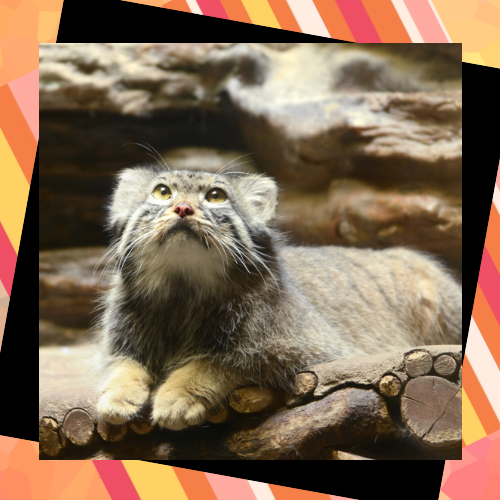


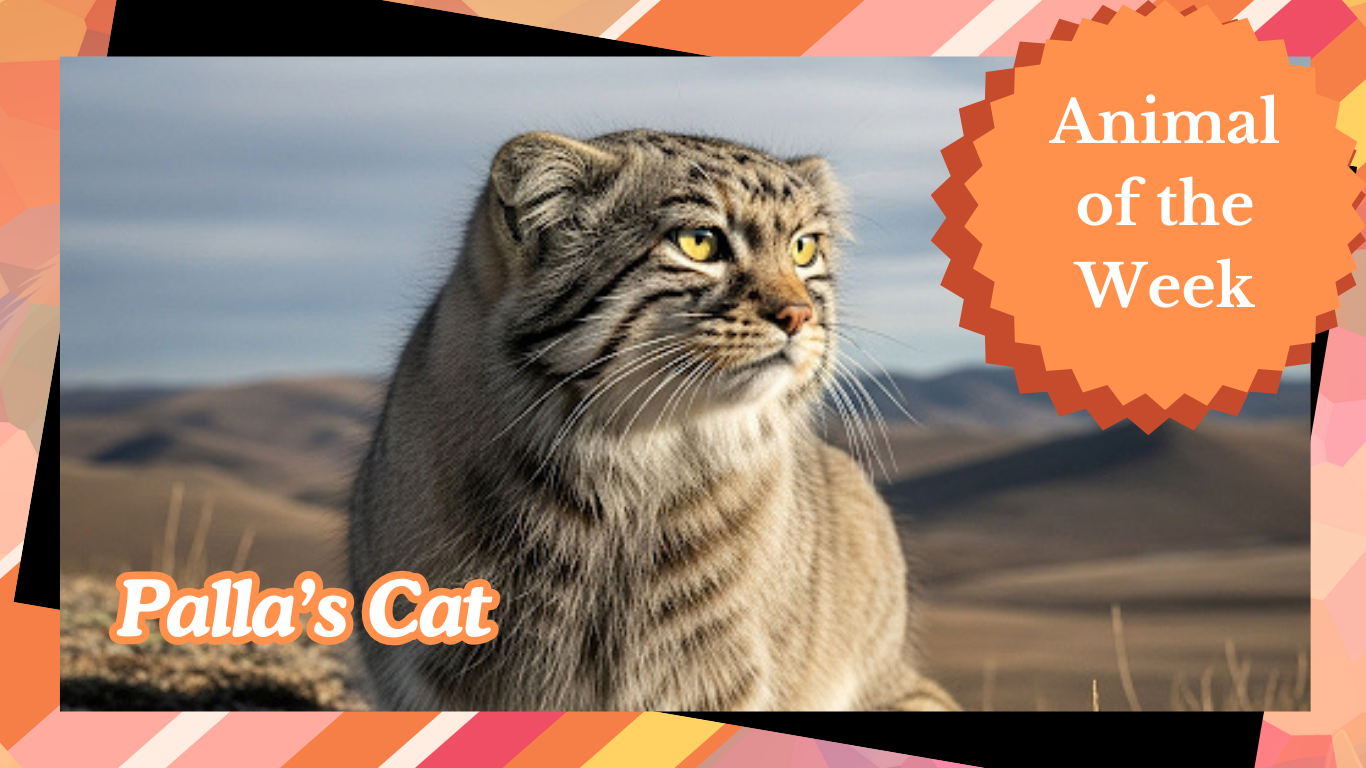


I enjoyed your perspective on this topic. Looking forward to more content.
Such a refreshing take on a common topic.
What an engaging read! You kept me hooked from start to finish.
Posts like this are why I keep coming back. It’s rare to find content that’s simple, practical, and not full of fluff.
Thank you for sharing this! I really enjoyed reading your perspective.
This gave me a whole new perspective on something I thought I already understood. Great explanation and flow!
I really appreciate content like this—it’s clear, informative, and actually helpful. Definitely worth reading!
Great post! I’m going to share this with a friend.
Your articles always leave me thinking.
I agree with your point of view and found this very insightful.
You’ve clearly done your research, and it shows.
Excellent work! Looking forward to future posts.
This content is gold. Thank you so much!
Thank you for sharing this! I really enjoyed reading your perspective.
You bring a fresh voice to a well-covered topic.
I’ve gained a much better understanding thanks to this post.
This article came at the perfect time for me.
I like how you kept it informative without being too technical.
The way you write feels personal and authentic.
So simple, yet so impactful. Well written!
Thanks for sharing your knowledge. This added a lot of value to my day.
I always look forward to your posts. Keep it coming!
What I really liked is how easy this was to follow. Even for someone who’s not super tech-savvy, it made perfect sense.
I’ll be sharing this with a few friends.
This was a very informative post. I appreciate the time you took to write it.
This is exactly the kind of content I’ve been searching for.